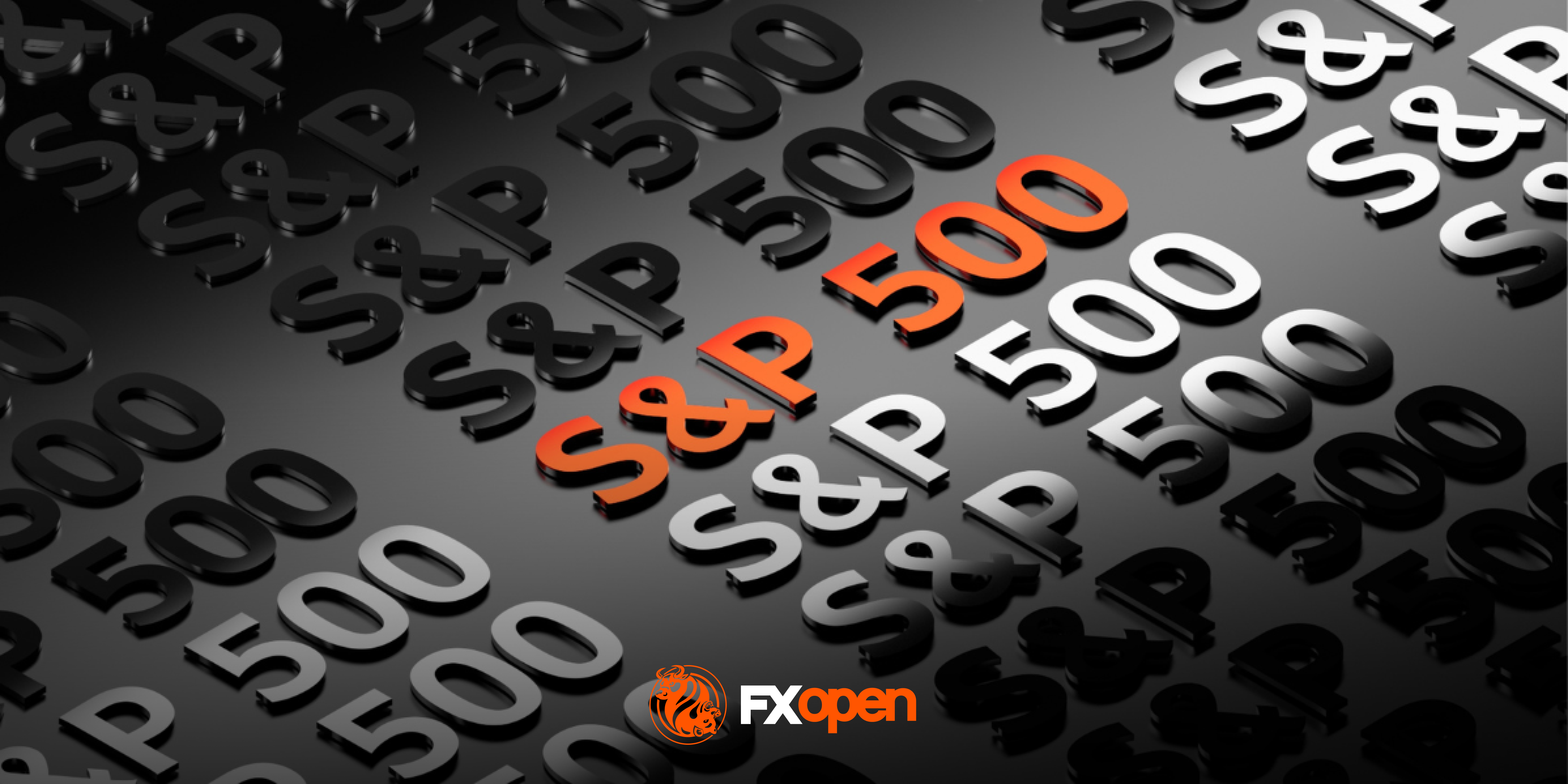FXOpen

Last week, Apple (AAPL) reported quarterly earnings that exceeded analyst expectations:
→ Earnings per share: $2.40 (expected: $2.35)
→ Revenue: $124.3 billion (expected: $124.2 billion)
Zacks analysts called the results “favourable,” yet Apple’s stock movement tells a different story:
→ On 31 January, shares opened with a bullish gap around $247, briefly improving AAPL’s weak start to the year.
→ By 3 February, the stock closed near $227, marking a 7.4% decline over just two sessions.
The downward pressure on AAPL may be due to:
→ Shifting sentiment around U.S. tech leadership in AI, following the success of Chinese startup DeepSeek’s free chatbot.
→ Trump’s tariffs, particularly the new 10% levy on Chinese imports, which could impact Apple’s future performance.
According to BofA Securities analysts:
→ The impact on profits should be “limited,” as around 80% of Apple devices can be manufactured outside China.
→ AAPL remains attractive, with a “buy” rating and a $265 price target, supported by stable cash flow, strong earnings, and AI-driven opportunities.
Technical analysis of Apple (AAPL) stock shows that the price has been forming a long-term upward channel (marked in blue) since summer 2024, with the following key observations:
→ Bearish perspective: The price has sharply dropped from the upper half of the blue channel (as shown by the arrow), testing a potential bearish breakout of the previous uptrend (marked in black) from late 2024.
→ Bullish perspective: The lower boundary of the channel, around $222, may serve as a key support level, potentially preventing further declines.
Buy and sell stocks of the world's biggest publicly-listed companies with CFDs on FXOpen’s trading platform. Open your FXOpen account now or learn more about trading share CFDs with FXOpen.
This article represents the opinion of the Companies operating under the FXOpen brand only. It is not to be construed as an offer, solicitation, or recommendation with respect to products and services provided by the Companies operating under the FXOpen brand, nor is it to be considered financial advice.
Stay ahead of the market!
Subscribe now to our mailing list and receive the latest market news and insights delivered directly to your inbox.








